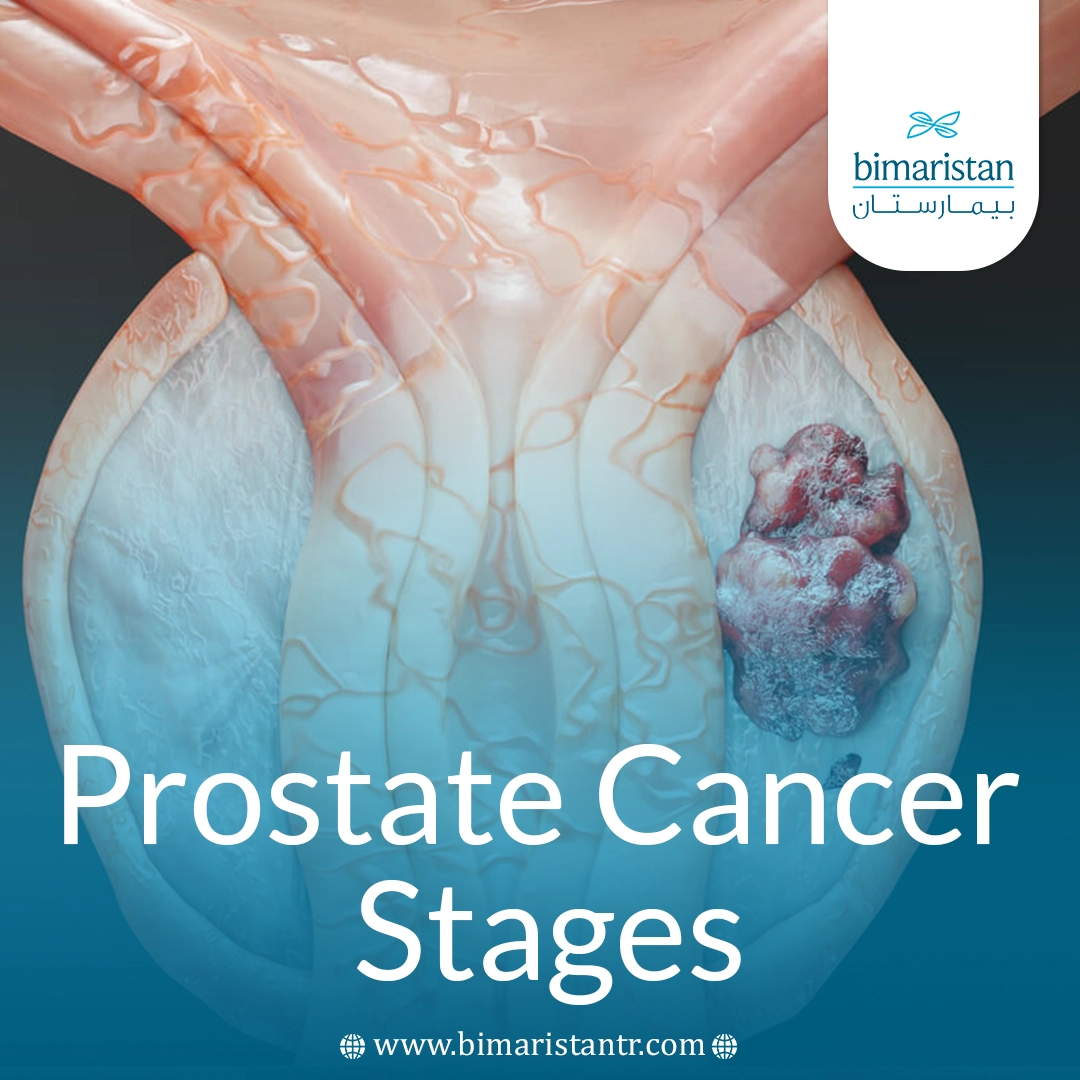What is prostate cancer?
Prostate cancer is a serious disease that affects thousands of middle-aged and older men each year. About 60 percent of cases occur in men over age 65. The American Cancer Society (ACS) estimates that 174,650 American men will be newly diagnosed with the condition in 2019.
The prostate is a small gland located in a man’s lower abdomen. It lies below the bladder and surrounds the urethra. The hormone testosterone regulates the prostate and produces semen. Semen is the substance that contains sperm that exits the urethra during ejaculation.
When we have an abnormal, malignant growth of cells — called a tumor — in the prostate, it’s called prostate cancer.
This cancer can spread to other areas of the body. In this case, because the cancer is made from cells in the prostate, it’s still called prostate cancer.
According to the Urology Care Foundation, prostate cancer is the second leading cause of cancer deaths in men in the United States.
What are the types of prostate cancer?
Almost all prostate cancers are adenocarcinomas (malignant tumors). This type of cancer starts in the glands’ cells that make secretions. Other types of cancers can develop in the prostate, but this is rare. Such as:
- Small cell carcinomas
- Transitional cell carcinomas
- Neuroendocrine tumors
- Stromal tumors (sarcomas)
Who might have prostate cancer?
In fact, 60% of prostate cancer cases occur in men over 65. Your chances of developing prostate cancer are higher if you have:
- Race: Black men are at a greater risk.
- Family History: A family history of prostate cancer increases the likelihood.
- Obesity: Being overweight or obese can elevate your risk.
- Smoking: Smoking is also linked to a higher risk of prostate cancer.
What causes prostate cancer?
Experts aren’t sure why some cells in the prostate gland become cancerous (malignant). But genetics seem to play a role. For example:
- You’re two to three times more likely to get prostate cancer if your father, brother, or son has the disease.
- Inherited mutated breast cancer genes (BRCA1 and BRCA2) and other gene mutations contribute to a small number of prostate cancers.
- Where you live can also play a role in your risk of prostate cancer.
At what age does prostate cancer start?
As mentioned above, age is a major risk factor for prostate cancer. The disease most often occurs in men older than 65. It occurs in about 1 in 14 men between the ages of 60 and 69.
What are the symptoms of prostate cancer?
Early-stage prostate cancer rarely causes symptoms. These problems may occur as the disease progresses:
- A frequent, sometimes urgent, need to urinate, especially at night.
- Weak urine flow or a flow that starts and stops.
- Painful urination (dysuria).
- Fecal (bowel) incontinence.
- Painful ejaculation and erectile dysfunction (ED).
- Blood in semen or urine.
- Lower back pain, groin pain, and chest pain.
- Numbness in the leg or feet.
Are prostate problems always a sign of prostate cancer?
Not all growths in the prostate are cancerous, and not all prostate problems indicate cancer. Other conditions that cause symptoms similar to prostate cancer include:
- Benign prostatic hyperplasia (BPH): At some point, almost every man will develop benign prostatic hyperplasia (BPH). This condition causes the prostate gland to enlarge but does not increase the risk of cancer. The swollen gland presses on the urethra and blocks the flow of semen and urine. Medications and, sometimes, surgery can help.
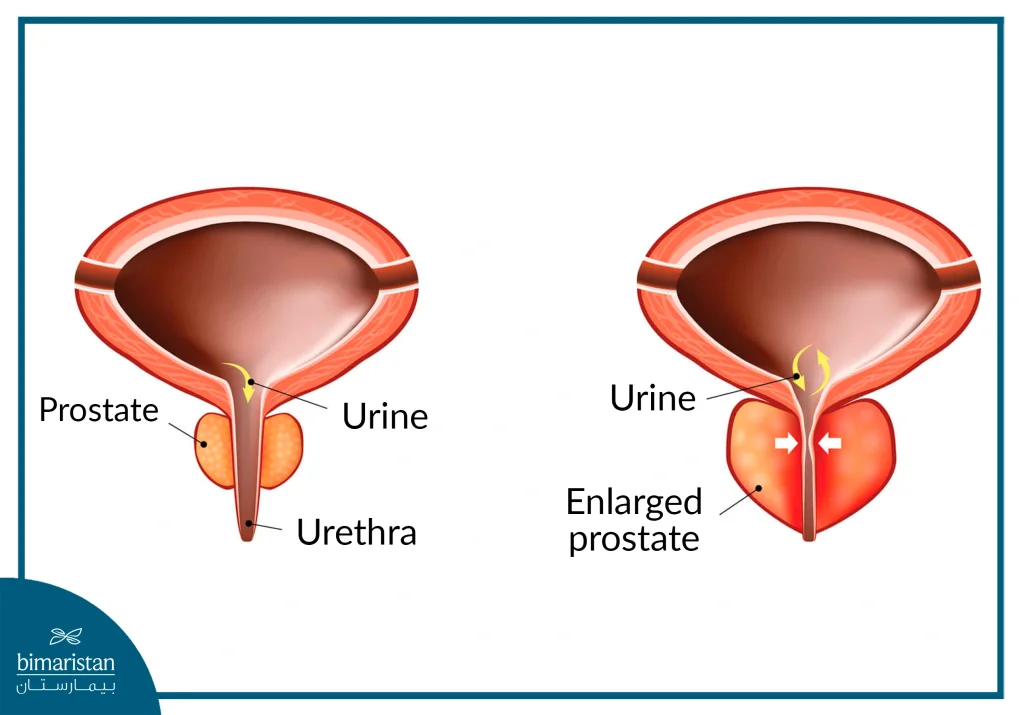
- Prostatitis: Men under the age of 50 are more likely to develop prostatitis, inflammation, and swelling of the prostate gland. A bacterial infection is often the cause. Treatments include antibiotics or other medications.
Early signs of prostate cancer
Any of the above symptoms can be the first indication that you have prostate cancer, but urinary symptoms are more likely to appear earlier than other symptoms.
It’s important to remember that most of these symptoms can be caused by other non-cancerous conditions, including benign prostatic hyperplasia (BPH)and prostatitis.
So, while it’s important to monitor any symptoms you may have, remember that there’s a good chance they’re not due to cancer.
But keep in mind that neither of these conditions can cause blood in the urine. If you have blood in your urine, contact your doctor immediately.
Blood in the urine may be caused by something other than cancer, but it’s a good idea to get it diagnosed as soon as possible.
Prostate cancer screening and diagnosis
Prostate cancer screening often depends on your personal preferences. This is largely because most prostate cancers grow slowly and don’t cause any health issues.
This is also because the results of a PSA test, which can be part of the screening, may lead to a false diagnosis of cancer. For both of these reasons, screening may cause unnecessary anxiety and unnecessary treatment.
Inspection recommendations
The American Cancer Society (ACS) has screening recommendations for men as they age. During the annual screening, they recommend that doctors talk with men of certain ages about the pros and cons of prostate cancer screening. These conversations are recommended for the following ages:
- Age 40: For high-risk men who have more than one first-degree relative – father, brother, or son – who developed prostate cancer at age less than 65.
- Age 45: For men at high risk, such as African-American men and men whose first-degree relative was diagnosed at age less than 65.
- Age 50: For men at average risk of prostate cancer who are expected to live at least another 10 years.
The U.S. Preventive Services Task Force (USPSTF) now recommends that men between the ages of 55 and 69 decide for themselves whether to have a PSA test, after talking with their doctor.
The USPSTF concludes that the potential benefits of PSA-based screening for men aged 70 and older do not outweigh the expected harms.
Diagnostic tools
If you and your doctor decide that prostate cancer screening is a good option for you, your doctor will likely perform a physical exam and discuss your health history. They’ll also perform one or more of the following tests:
- Digital rectal examination (DRE): With this test, your doctor will insert a finger into your rectum to examine your prostate. They can feel if there are any hard lumps on the prostate gland that could be tumors.
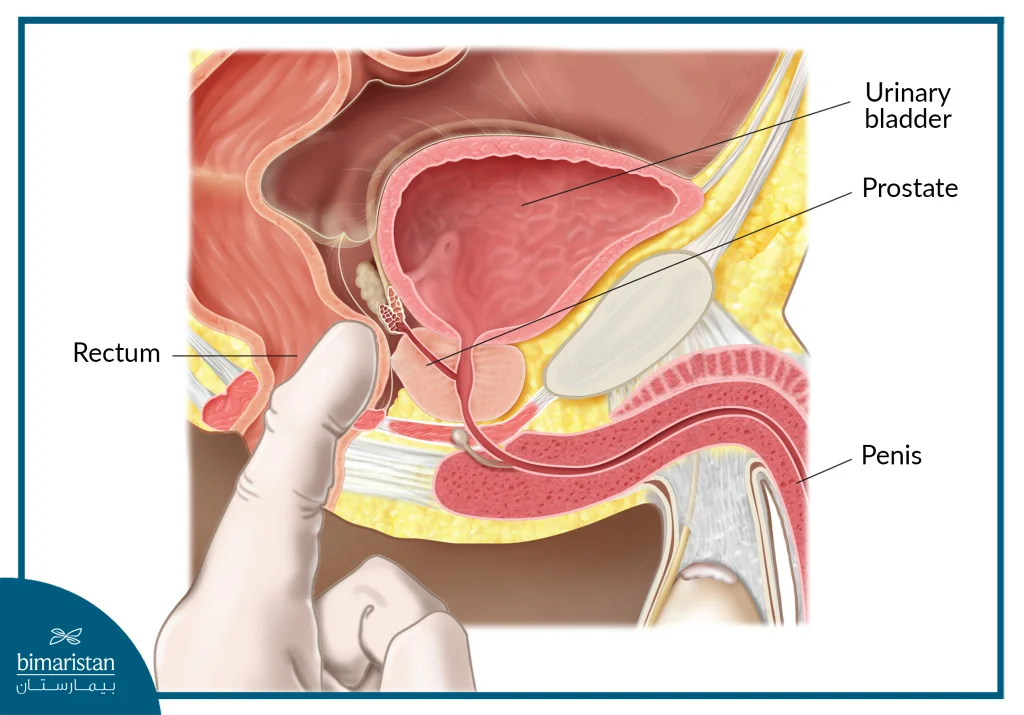
- Prostate-specific antigen (PSA) test: This blood test detects levels of PSA, a protein produced by the prostate.
- Prostate biopsy: Your doctor may order a biopsy to help confirm the diagnosis of prostate cancer. For a biopsy, your healthcare provider removes a small piece of the prostate gland for examination.
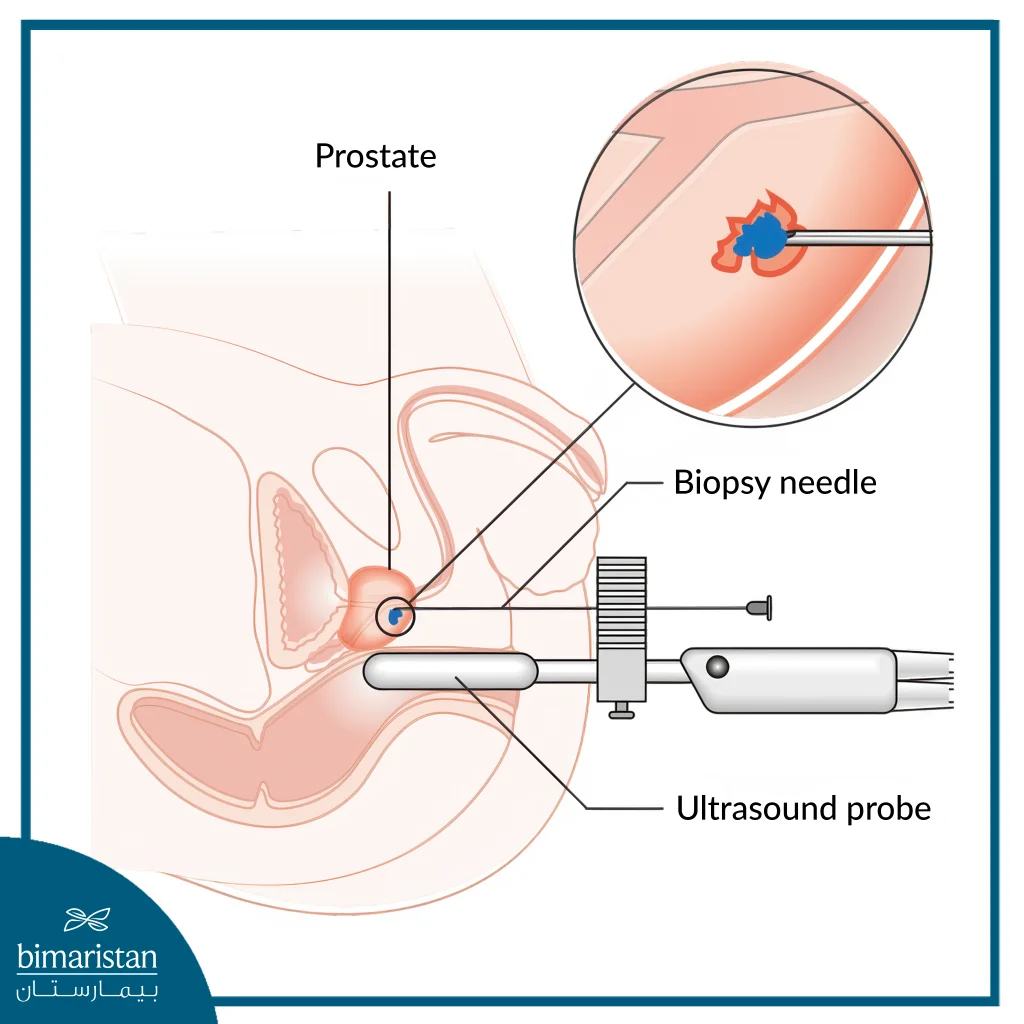
- Other tests: Your doctor may also perform an MRI, CT scan, or bone scan.
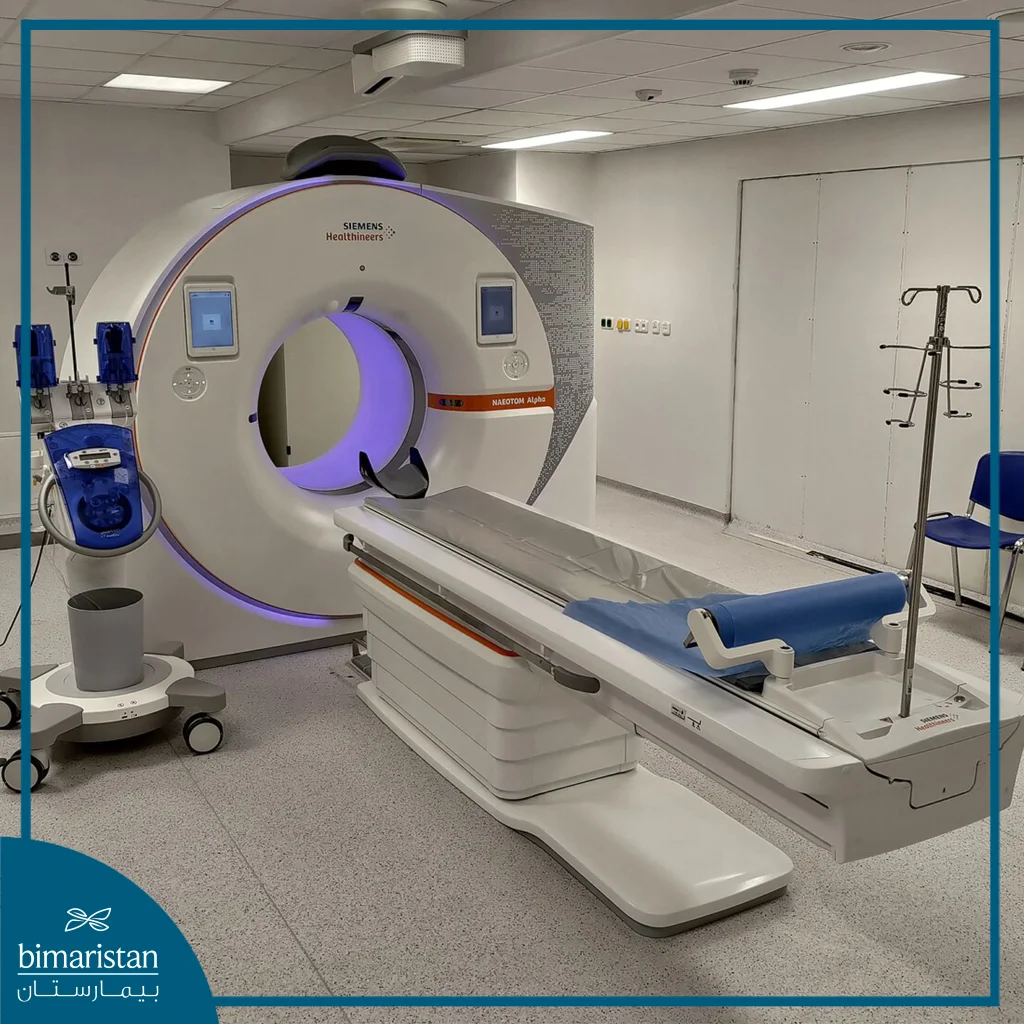
- Your doctor will discuss the results of these tests with you and make recommendations for any necessary next steps.
PSA test
A PSA test checks the amount of PSA in your blood. If the levels are high, it could mean you have prostate cancer.
However, there are many reasons why you may have a high amount of PSA in your blood, so test results may lead to misdiagnosis and unnecessary treatment.
Therefore, the USPSTF now recommends that men between the ages of 55 and 69 decide for themselves after speaking with their doctor whether to have a PSA test.
However, PSA testing is still appropriate in certain situations, such as men at high risk of prostate cancer. Also, if you already have a confirmed case of prostate cancer, this test is still approved for cancer staging or classification.
Before you consider a PSA blood test, talk to your doctor about the risks and benefits.
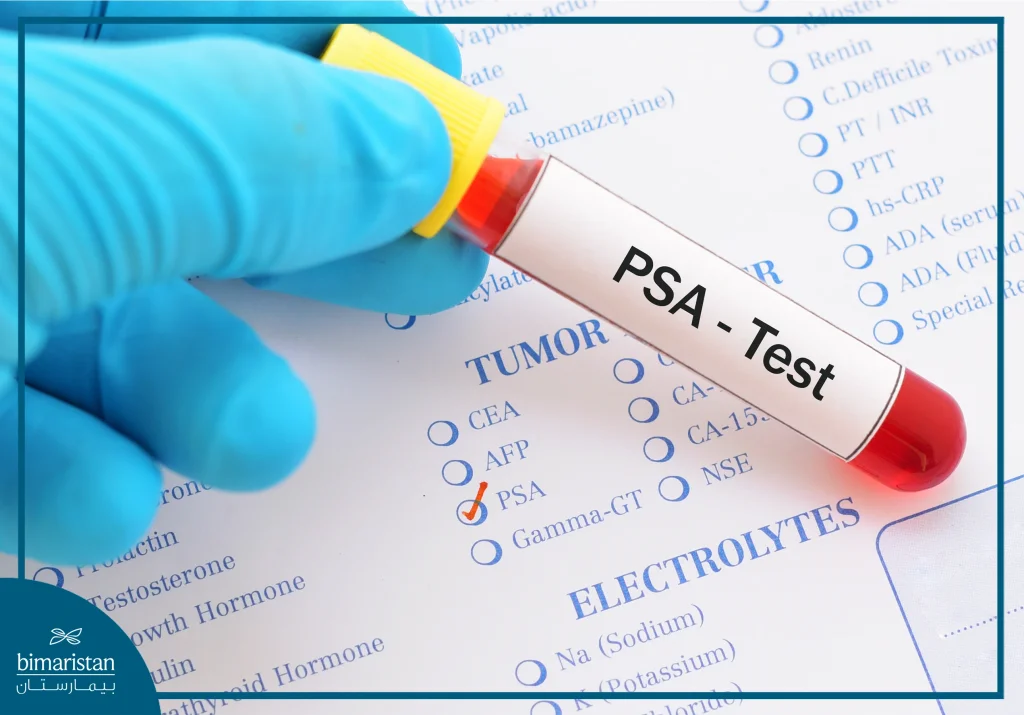
Gleason scale
If you’ve had a prostate biopsy, you’ll have a Gleason score. Pathologists use this score to grade prostate cancer cells. The grade indicates how abnormal the cells look like cancer and how aggressive their growth is.
A Gleason score of less than six means your cells don’t show signs of cancer, so your risk is low. If your score is seven or higher, your doctor will likely look at your score and your PSA level to evaluate the cells.
For example, a Gleason score of 7, with a PSA level between 10 to 20 ng/mL, means that cancer cells have been recognized – but the cancer is likely to be non-aggressive, with slow-growing cells.
A Gleason score of 8 or higher, with PSA levels greater than 20 ng/mL, indicates a more advanced tumor. This means your risk of developing an aggressive cancer is higher.
What are the stages of prostate cancer?
Your healthcare provider uses Gleason and Grade Group scores to stage prostate cancer based on its expected aggressiveness. To obtain this information, a pathologist does the following:
- A score is assigned to each type of cell in your sample. Cells are categorized on a scale of three (slow-growing) to five (aggressive). Samples graded in a range of one to two are considered normal tissue.
- The two most common grades combine for a Gleason score (ranging from six to ten).
- The Gleason score places you in a grading range from one to five. A Gleason score of six places you in group one (slow-growing cancer that may not require treatment). A Gleason score of nine or higher puts you in group five (an aggressive, fast-growing cancer that requires immediate treatment). Samples that have more of the most aggressive cells are categorized in a higher group.
How is prostate cancer treated in Turkey?
Some people never need treatment because the cancer grows slowly and doesn’t spread. With treatment, most prostate cancer is highly curable. Treatment options include:
- Active surveillance: With this approach, you have scans and biopsies every one to three years to monitor the growth of the cancer. Active surveillance works best if the cancer is located only in the prostate, is slow-growing, and doesn’t cause symptoms.
- Watchful waiting: Watchful waiting is similar to active surveillance but is often used in older or more frail patients. Unlike active surveillance, this approach does not involve definitive treatment at diagnosis. However, testing is less frequent and focuses on symptom management.
- Brachytherapy: This is a form of brachytherapy that involves placing radioactive seeds inside the prostate. This approach helps preserve the surrounding healthy tissue.
- External beam radiation therapy: In external beam radiation therapy, powerful X-rays are directed directly at the tumor. Intensity-modulated radiation therapy is a form of external beam radiation therapy that delivers strong doses of radiation to the site of the disease.
- Systemic treatments: Your doctor may recommend systemic treatments if the cancer has spread beyond the prostate gland. These treatments include chemotherapy, androgen deprivation hormone therapy, and immunotherapy.
- Focal therapy: Focal therapy is a new form of treatment that focuses on treating only the cancerous part of theprostate. You may be able to try this treatment if your cancer hasn’t spread. Focal therapy options include high-intensity focused ultrasound (HIFU), cryotherapy, laser ablation, and photodynamic therapy.
- Prostatectomy: This surgical procedure removes the diseased prostate gland. Surgeons can perform laparoscopic prostatectomy and robotic definitive prostatectomy through small incisions in the abdomen. These procedures are less invasive than open definitive prostatectomy, which requires a larger abdominal incision, although both are effective in removing the cancer.
What are the side effects of prostate cancer treatment?
Some prostate cancer treatments can affect the bladder, erectile nerves, and the sphincter muscle that controls urination. Possible issues include:
- Urinary incontinence: Some men experience urinary incontinence. Urine may leak when you cough or laugh, or you may feel the urge to use the restroom even when your bladder is not full. This issue can improve within the first 6 to 12 months without treatment.
- Erectile dysfunction (ED): Surgery, radiation, and other treatments can damage erectile nerves and affect your ability to get or maintain an erection. Some men regain erectile function within a year or two (sometimes sooner). In the meantime, medications such as sildenafil (Viagra®) or tadalafil (Cialis®) can help by increasing blood flow to the penis.
- Infertility: Treatments can affect your ability to produce or ejaculate sperm, leading to male infertility. If you think you may want to have children in the future, you can keep your sperm in a sperm bank before starting treatment. If you want to have children after you have undergone treatment, you may need to have sperm extracted directly from testicular tissue and implanted into a woman’s uterus.
What is the outlook for people with prostate cancer?
Because prostate cancer tends to grow slowly, most men die from something other than this disease. Early detection is the key to better outcomes. Nearly all men with localized prostate cancer (97% to 98%) survive for at least five years after diagnosis if the disease has not yet spread outside the prostate. When the cancer has spread outside the prostate, one-third of men are still alive after five years.
How can I prevent prostate cancer?
Most men develop prostate cancer as they age with no known cause. Prevention is not possible. But, if you have certain risk factors for prostate cancer, taking these steps may help minimize your risk and get the disease under control early:
- Regular prostate exams.
- Maintain a healthy weight.
- Exercise regularly.
- Eat a nutritious diet.
- Quit smoking.
Talk to your doctor
Prostate cancer is a risk for all men as they age, but if detected and treated early, the prognosis is generally good. So, as you age, be sure to have open conversations with your doctor about your risks.
If you have any symptoms that you think might be prostate cancer, talk to your doctor right away. Even if you don’t have symptoms, consider adopting a healthy lifestyle to minimize your risk.
A diet high in vegetables and fish, low in dairy and full-fat red meat, and an exercise plan approved by your doctor can help reduce your risk of prostate cancer and boost your overall health.
Sources:
- Golden State Cancer Centers
- American Cancer Society
- NIH







